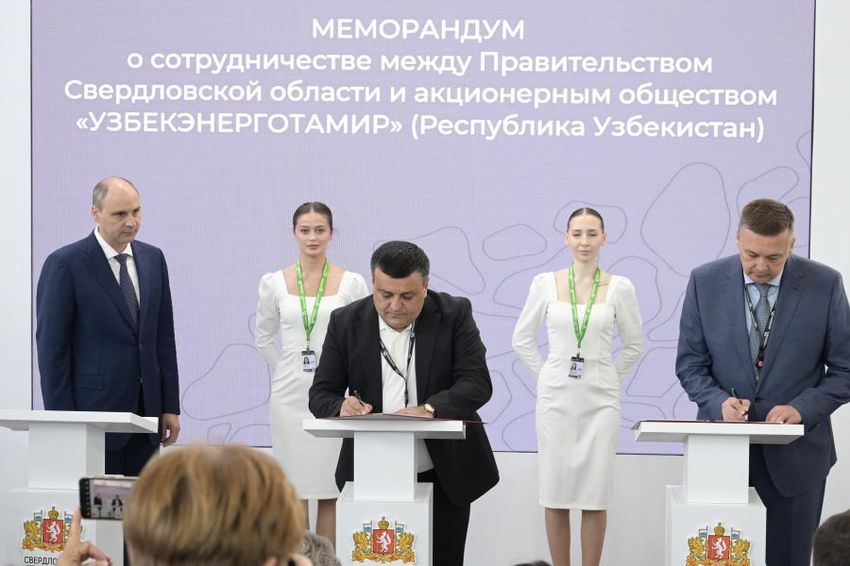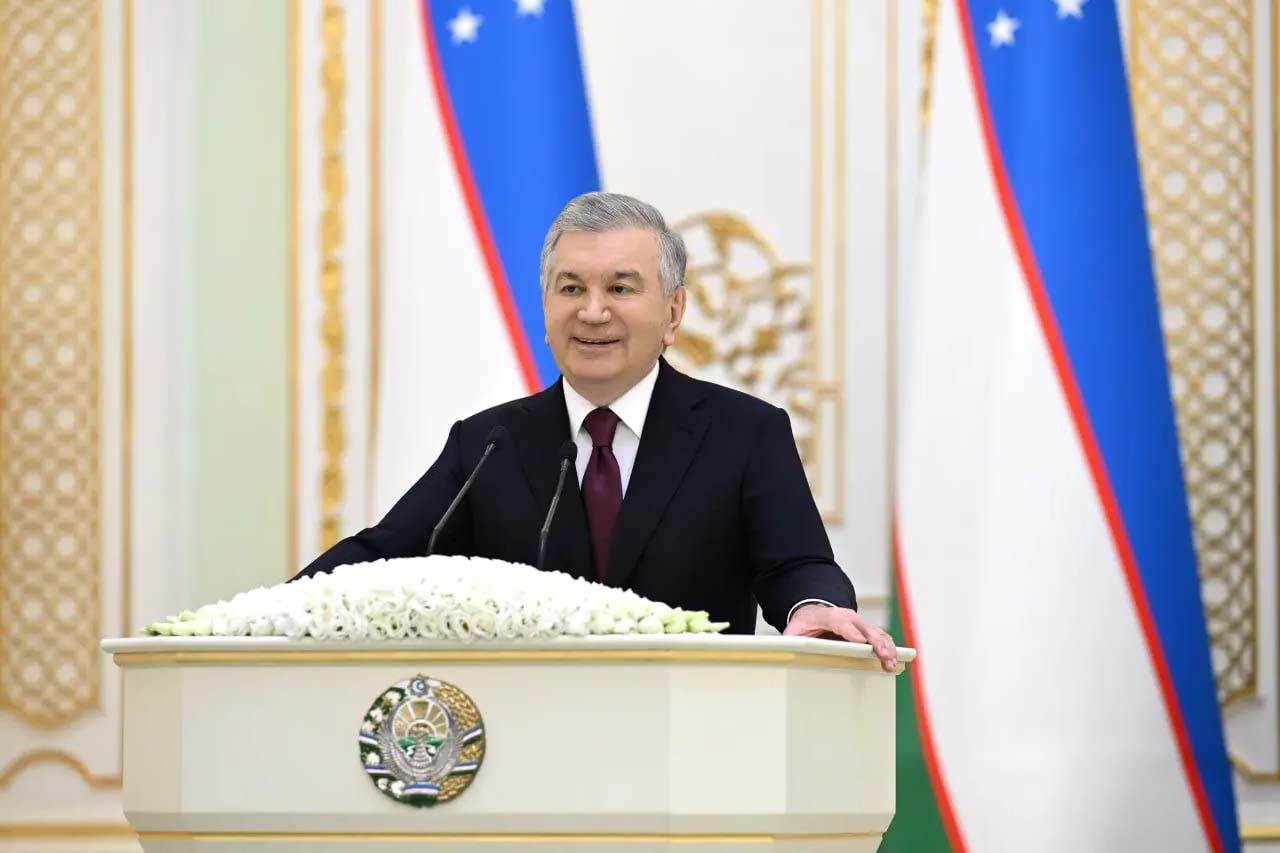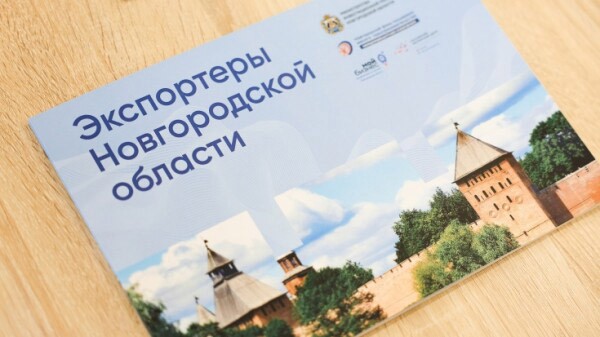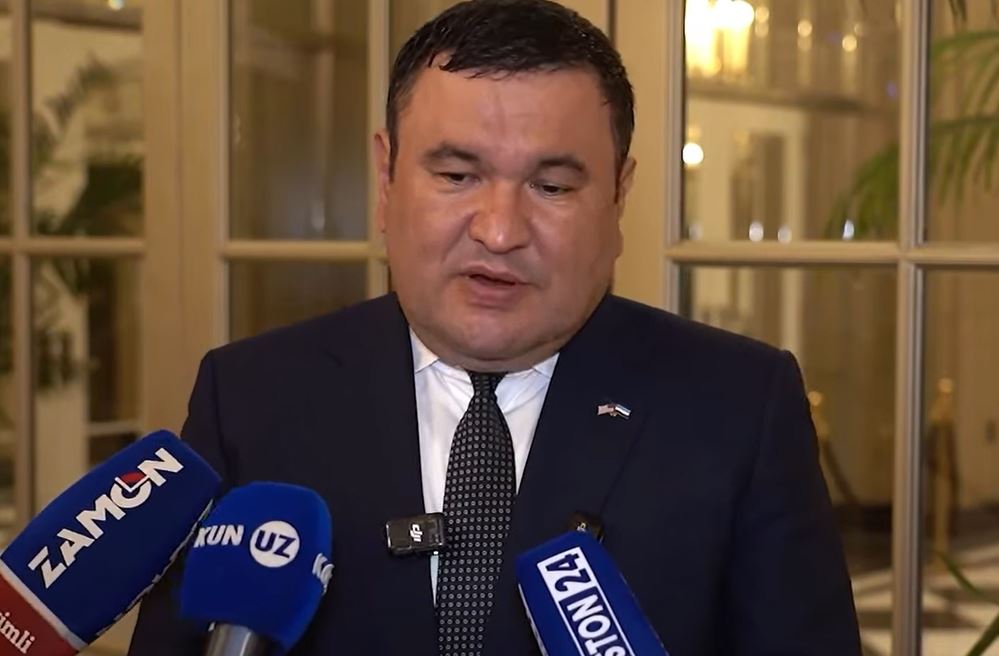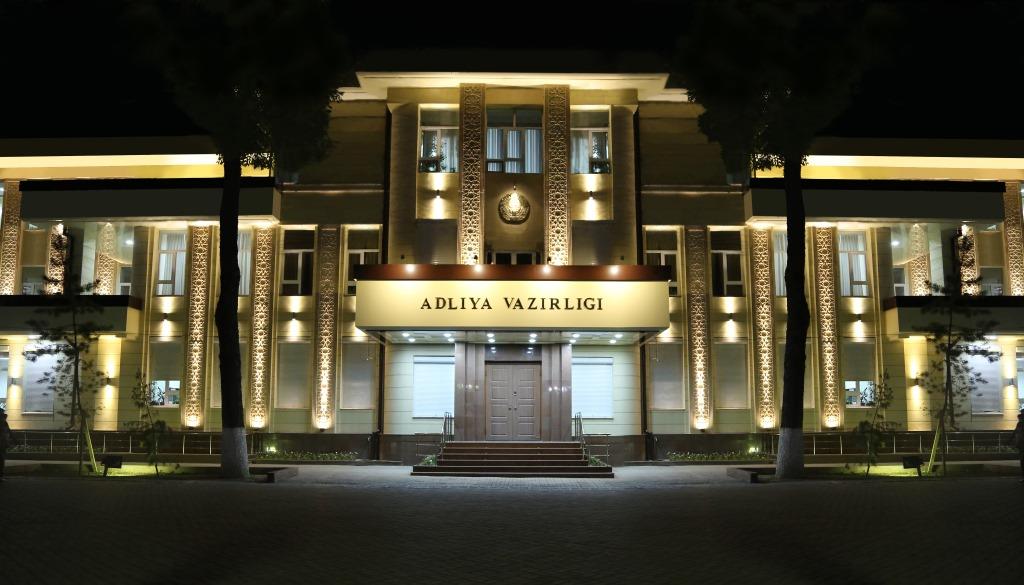Large-scale implementation of biometric solutions aimed at digitalization and improving the convenience of transport infrastructure continues in the Tashkent Metro. Face recognition payment technology has been launched at 25 metro stations in the capital. This represents half of all metro stations, and the system will be integrated on the remaining lines in the coming months.
The technological solution was implemented with the participation of international developers in the field of biometric identification. In Uzbekistan, the project is being implemented jointly with local partners, including an automated payment platform and a popular digital application that allows you to link a bank card and make contactless payments without using physical media.
The trip is paid for automatically when passing through the turnstile — The camera captures the user's face, checks it with the digital profile, and debits the required amount from the linked account. The service is gradually gaining popularity: from March to May 2025, the number of face passes increased by 187 percent, which indicates a high degree of trust and demand for the technology among passengers.
A similar payment system was introduced in the Almaty metro. In both capitals, the project is being promoted as an element of the digital transformation of the transport sector, supported by public and private entities.
Biometric solutions are developed and implemented in compliance with information security and personal data protection standards. The platform supports integration with other city services, and also provides analytical tools for monitoring the flow of passengers and optimizing the loading of transport infrastructure.
Companies developing these technologies are active in the markets of the CIS countries. Biometric solutions are already being applied in more than 50 cities, including projects in the banking industry, where in 2025 deepfake recognition algorithms were introduced in financial institutions of Uzbekistan, Kazakhstan, Kyrgyzstan and Russia.
The Tashkent case demonstrates that biometric payment is becoming an integral part of urban mobility and serves as an example of how advanced technologies can improve the quality of life and efficiency of everyday processes in Central Asian megacities.

